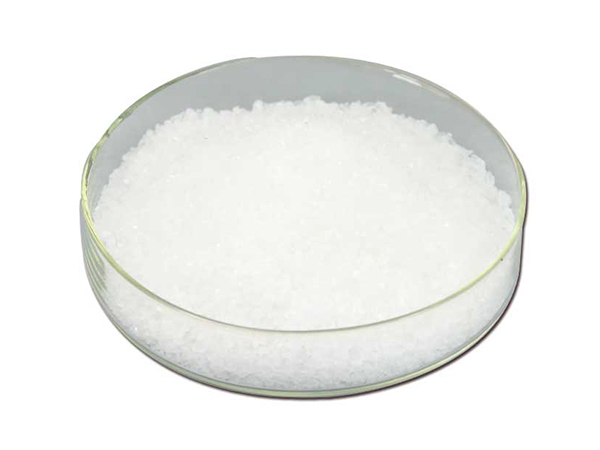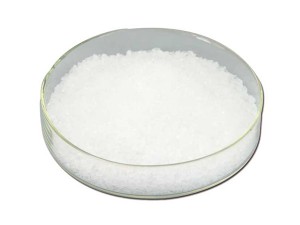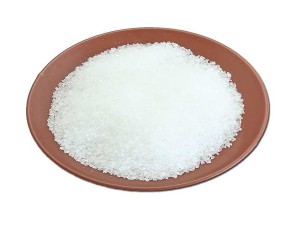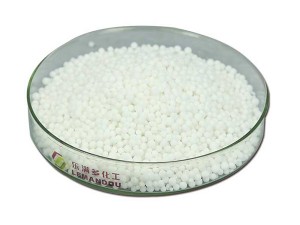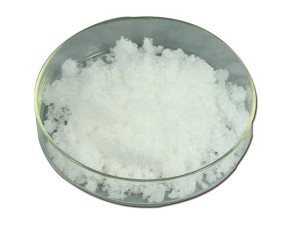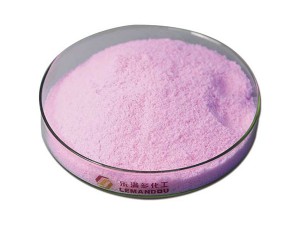Urea Phosphate UP
| Item | Specification |
| Main Contents % | ≥ 98.0 |
| Phosphorus (as P2O5) % | ≥ 44.0 |
| Nitrogen (as N) % | ≥ 17.0 |
| pH | 1.6-2.4 |
| Moisture % | ≤ 0.2 |
| Water Insoluble % | ≤ 0.1 |
Packing
25 KG
Product Characteristics
As a high-efficiency fertilizer, urea phosphate has an effect on plants in the early and mid-term, which is significantly better than traditional fertilizers such as urea, ammonium phosphate, and potassium dihydrogen phosphate.
1.Urea phosphate is a good nitrogen and phosphorus compound fertilizer, and it has good chelation and activation of soil calcium and magnesium, and improves the alkaline soil structure. Therefore, the improvement of saline-alkali soil has a very good effect. Therefore, urea phosphate is used as drip irrigation.
2 Increasing crop yield: Urea phosphate can take advantage of the controllable advantages of drip irrigation technology, improve fertilizer utilization, promote cotton production, and improve cotton quality.
3 Strong roots and seedlings, large leaves and flowers: the rich nitrogen and phosphorus of urea phosphate can fully function in the early stage of crop growth to provide a large amount of nutrients to improve crop quality and increase yield.
Dosing Instructions
| Crop | Application date | Total dosage | Dosage per plants |
| Fruit trees (adult trees) | As of start fertigation until 4 to 6 weeks before harvesting | 100-200 kg/ha. | Subject to soil and climatic conditions |
| Vineyards (adult table grapes) |
As of start of fertigation/early stage of bed opening until end of flowering period | 50 – 200 kg/ha. | Subject to soil and climatic conditions |
| Citrus (adult trees) | During entire crop cycle, with dominancy on spring and mid winter | 150 – 250 kg/ha. | Subject to soil and climatic conditions |
| Vegetables | As of planting until 3 to 4 weeks before harvesting | 100 – 200 kg/ha. | Subject to soil and climatic conditions |
| Potatoes | From fertigation until mid of tuber bulking stage. | 100 – 200 kg/ha. | Subject to soil and climatic conditions |
| Tomatoes | From fertigation until 6weeks before harvesting | 150-250 kg/ha. | Subject to soil and climatic conditions |






